
in this article
- An Introduction to the Idea of Ceremony and Psychedelic Use
- What is a Ceremony in the Context of Psychedelic Use?
- The Traditional Ceremony - Learning from the Ancients
- After the Ceremony - Integration of the Psychedelic Experience
Are you 18 or older?
Please confirm that your are 18 years of age or older.
You are not allowed to access the page.

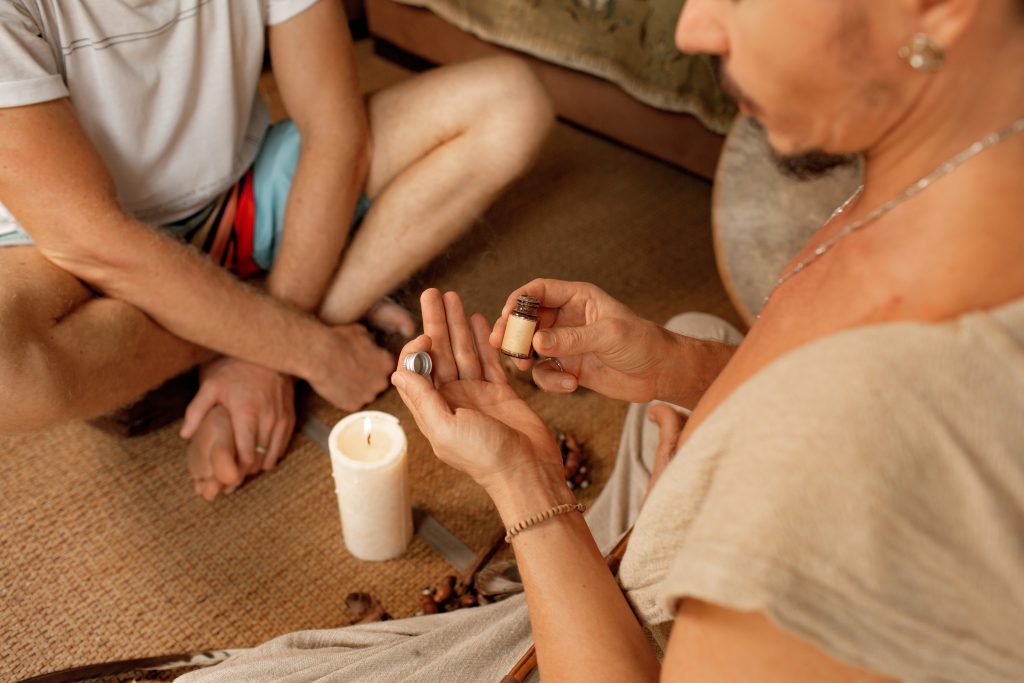
Disclaimer: The views and opinions expressed in this article are those of the authors and do not necessarily reflect the official policy or position of Chemical Collective or any associated parties.
We often speak of set and setting when trying to identify a healthy use of psychedelic substances. However, they are quite vague concepts in themselves, and we often mention them without any real advice on how to apply and evaluate them properly. Set and setting are important in any drug use, but they are particularly important in psychedelic experience because what these substances do in a general sense is magnify the experience we are already having. In Dr. Stanislav Grof’s language, they are nonspecific catalysts and amplifiers [1]. I try to deal with the concepts of set and setting concretely in my article “Introductory advice to the safe use of psychedelics.” Here I give advice that applies to the regular use of psychedelics and addresses how we can improve the psychedelic experience and make it more reliable.
First, we must as a community accept that psychedelics are not in themselves good, or by necessity progress or anything of the sort. They are none of these things more than they are dangerous in themselves. It is all about how they are used. The earlier we accept this, the earlier we can find and promote the proper culture around its use. As long as that culture is underdeveloped, the use will always lead to situations before which we seem powerless. Before we develop this culture, the use will always involve some level of danger. Before this, we will keep finding the experience perpetually unreliable.
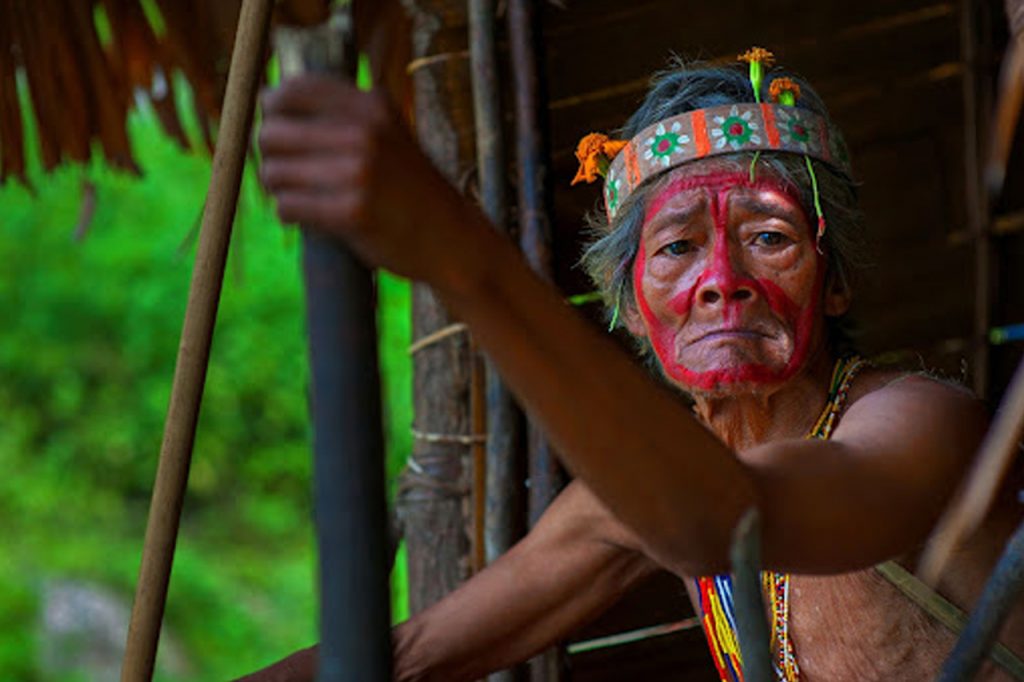
If we look at cultures with medicinal, ceremonial psychedelics, their relationship to the substance is radically different from ours. For them, it is not a drug. It is not leisure. It is sacred medicine, a component in a ritual reserved for certain specific moments in time or specific purposes. Although I would in no way argue that this is the only way to use psychedelics if we want to form an understanding of what a cultural maturity around these substances might look like, this is one of the only places we can look. The science investigating psychedelic therapy is also informed by tradition. A good talk on this subject and others by Harvard Medical School can be found here [2].
I believe that with proper ceremony, negative psychedelic experiences, as in harmful or unnecessarily stressful, are virtually impossible. Challenging experiences will never be eliminated, nor experiences that deal with the darkness of ourselves and the human condition. Some sensitive people can still be at risk. Anyone predisposed to psychosis, anyone who is schizophrenic or bipolar, should stay away from these substances.
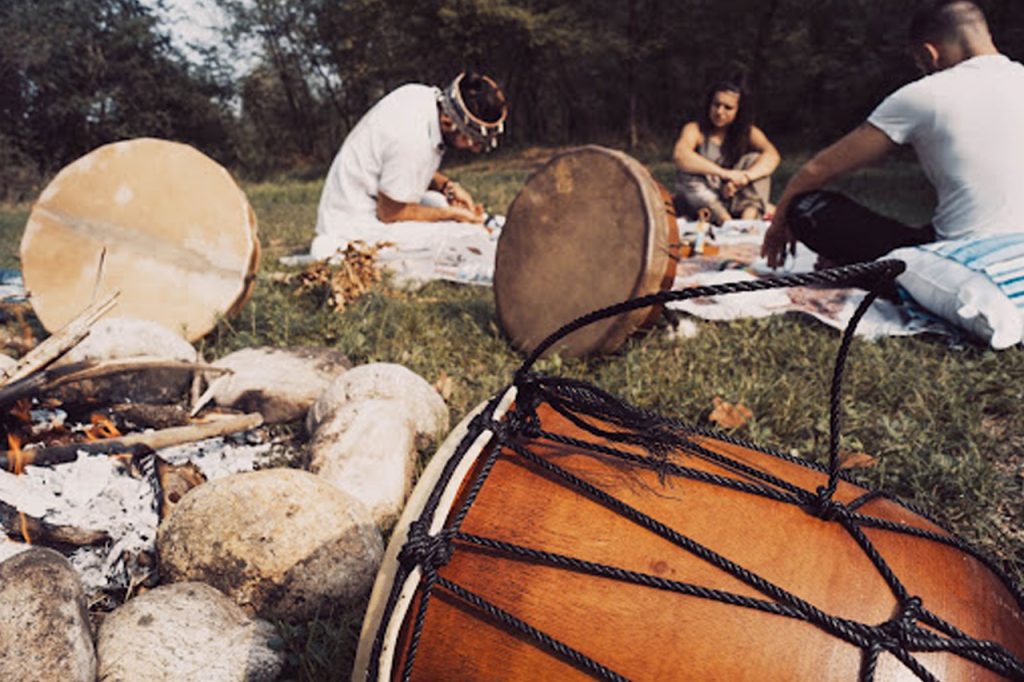
In its broadest form, the ceremony can be understood as the structure of behavior associated with a certain event. Although you likely already have a ceremony around your drug use, it may just not be conscious, and it may not be a positive contribution to the effect of the substance or your life in general. Viewed in this broad sense, ceremony is simply the habits that surround the use of a certain substance. The purpose of creating a ceremony around the use of a drug is to improve the awareness and the habitual hygiene around it. It is to use structure to exercise control of the direction of an experience that may in many ways be out of control.
What ultimately decides what ceremony is best for you is forming the patterns that lead to the results you want. Setting intention for the use of a substance is the first step in centering the mind around the experience that you want to have, and providing a solid conceptual framework from which you can determine whether or not you are achieving your goals. If we do not succeed with that, we need to take a step back, get sober, and evaluate whether we should use it at all.

Even if you believe that ceremony amounts to superstition, the structure will fundamentally aid the unconscious processes central to the psychedelic experience. When a ceremonial use is established, it helps the unconscious mind to participate in a useful way in the experience you want. Our unconscious is great at producing the results we ask of it and more, as long as we speak its language and work with it.
We cannot work on the assumption that a drug will by itself produce an experience that is valuable to us, this is simply not realistic and it is the mindset of a consumer and an addict. The conscious user works within the framework of goals and subgoals not substances. The addict uses and uses but never hits the spot. The conscious drug user uses pinpoint accuracy to hit the spot perfectly, and in such a way that using more is unnecessary, even unwanted, until another similar opportunity arises. But more so, the conscious user does not chase the experience but its impact in life, the application, the integration, everything; not the feeling of change but the change itself.
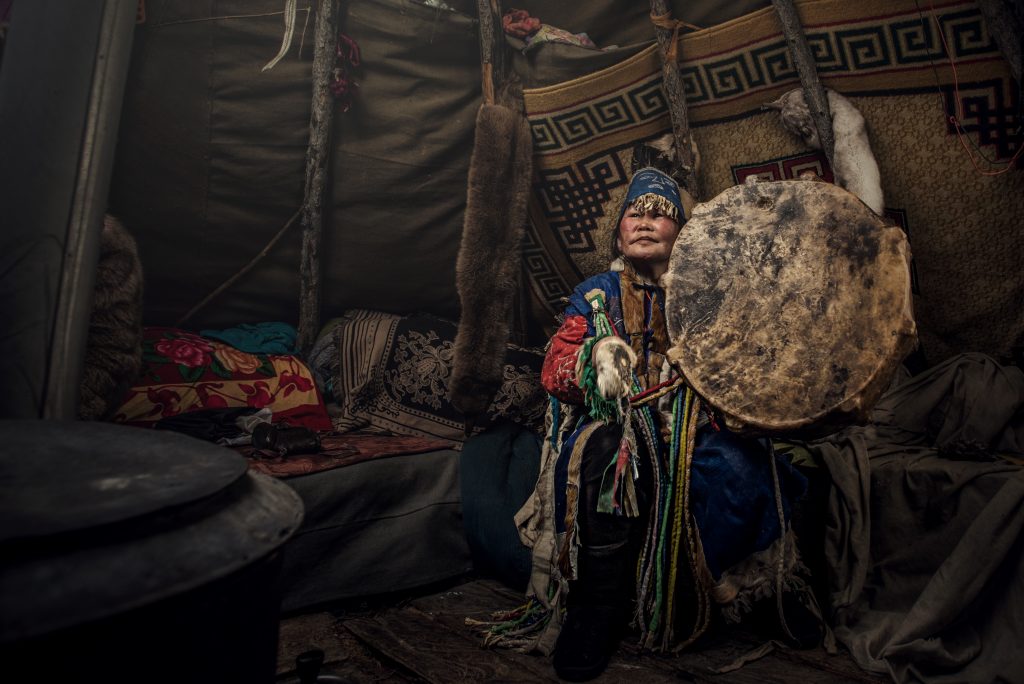
Traditional ceremonies used to reach alternative states of consciousness can take many forms. Most of them will not involve psychedelics, and I would encourage anyone that has the chance to try it. Shamanic drumming, breathwork, meditation retreats are all ways to reach alternative states of consciousness without any substances, and they all benefit in various ways from a ceremonial setting. In the ceremony, the substance is just a component, and we can absolutely benefit from joining it sober. Since I am a westerner, I am basing this on participation in indigenous ceremonies and western varieties that have taken their own form. I do not believe that we should emulate exactly what these people are doing but work out our own framework with the benefit of being informed by these traditions. In the same way, you must construct your own framework, and all I can do here is suggest how you might do this. However, keep in mind that what I am suggesting works. It is simple, and it does not require you to be a spiritual person.
A ceremony can be ten minutes or twenty minutes, or it can go on for the whole day or night. Depending on the intention you have for your use, this can look very different. A somber recognition of the embarking is always appropriate with ingestion, as well as setting intention.

In the traditional ceremony, the participants are seated in a circle, most often around a fire but a candle is a working substitute. There should be silence and meditation from ingestion to some later point where the effects plateau and the ceremony opens up to the activities described below. Having this shared, respected silence is very powerful and is the cornerstone of the shared ceremony. One possibility is to, with ingestion, share in a series of “ommmmmms” or uses of a singing bowl to set the right tone and settle in the silence after this. You can use incense during this time. If there is a fire, it is good to agree upon who takes responsibility for keeping the fire and let that person do it in their own time. It is generally a good idea to only leave the circle if it is absolutely necessary and in that case return directly. It is also a generally good idea to try to have a good posture throughout the ceremony, as it is in meditation. In the circle, we assist each other, create a safe space together, and heal together. The spirit of the ceremony should be peace; movements should be calm and solemn, speech respectful and non-intrusive.
It is important to understand that, while this structure is important and should be respected, we have to be accepting of other people’s behavior in this circle even if they break it. When there are unwanted events, we must try and approach them in peace, with compassion and intervene only when absolutely necessary. People acting out, acting weird, breaking the silence, or doing anything else that does not directly impact other participants should go uncommented, uninterrupted, and if anything, be met with love, caring, and understanding. If someone is asking for help, help. If someone is losing control, let that person lose control. It may be exactly what that person needs, and we should not be the ones to interrupt. Do not force compassion and help in a situation that may not need it. Even if extreme things occur, it is important to let this play out and not make quick judgments about the seriousness of the situation before the effects are plateauing. If someone loses their ability to speak, do not engage them. If someone speaks and does not make sense, let them. If someone sees invisible creatures and speaks to them, let them. Acknowledge if necessary, and if so, in silence.
Later in the ceremony, there may be different kinds of live music such as drumming, singing bowls, chanting, or, as in Ayahuasca ceremonies, icaros. For us westerners, icaros may be substituted for songs that either everyone can join in singing or that suits the ceremony in general. The ceremony is not the stage for a live event, but music is a welcome and powerful addition. For the people that it appeals to, so-called “Rainbow songs” frequent in Rainbow Gatherings are a good option for this type of situation. Partly because they have a spiritual aspect and partly because they are mantras that repeat and are relatively easy to join.
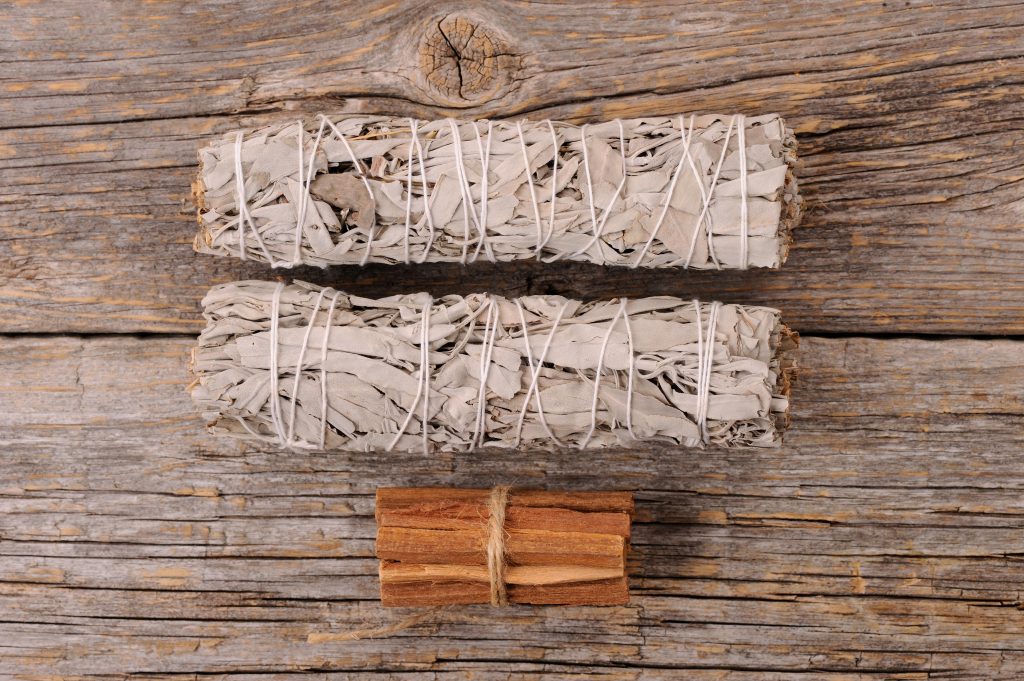
In Ayahuasca ceremonies, the brew is coupled with various additional substances such as pure tobacco and flower water. Partaking in this can be a great way to open the experience further, either through the senses as with flower water or tea, or through introducing other psychoactive compounds such as tobacco. I am personally not a proponent of Marijuana in combination with psychedelics or in the ceremonial space, but undoubtedly it can have its place. If used, it is better to use it within the context of ceremony. I have written on this subject in my article “Introductory advice to the safe use of psychedelics.”
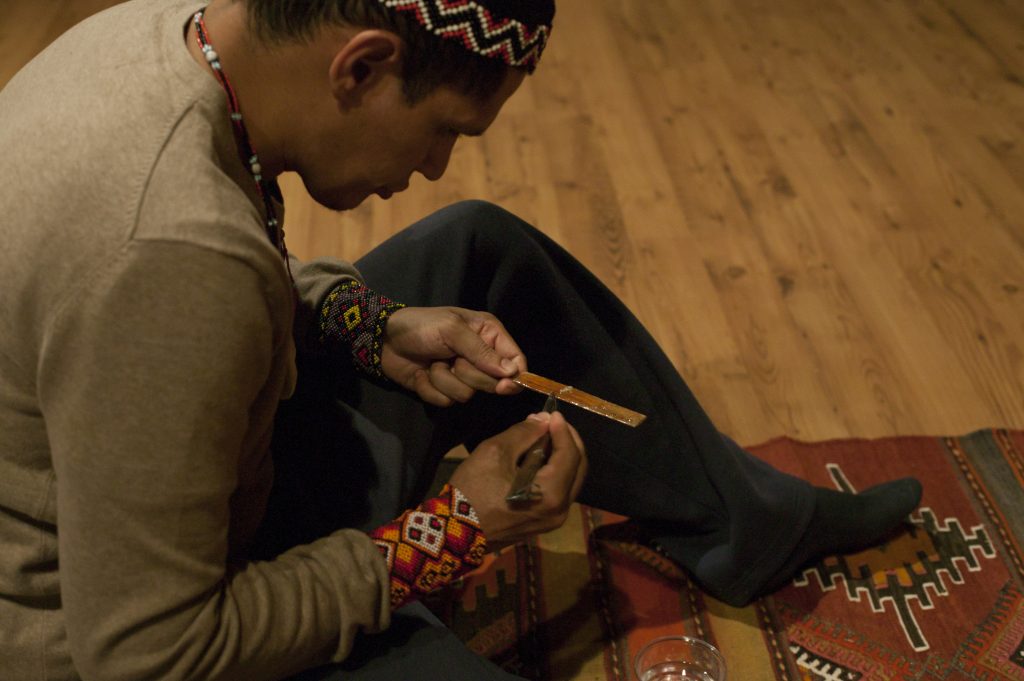
It is good to include a sharing circle in the later stages of the ceremony or as a finishing event. In it, some object is passed to symbolize who has the voice at a certain time, and the only rule is that we do not speak if we are not the one holding the object. After we finish, we pass the object to the next person. People can take their time and say whatever they like without interruption. This helps with integration and can be a great experience in itself filled with gratitude and love. Listening is key in any sharing circle. One can use snaps of the fingers as expressions of agreement with the speaker.
After the ceremony, it is greatly beneficial to work with some kind of integration process. I have written on this concept in the article “Integration and the psychedelic experience.” A good scientific write-up of this concept can be found here [3]. In short, it is a good idea to reconnect to your experience through writing or speaking with friends to evaluate the process and catalyse the intended change. Whatever we go through, the chances are always that it will be so different from our everyday life that we gradually lose contact with what we learn. We have to work with this reality by consciously committing to the change we want in order to develop it further.
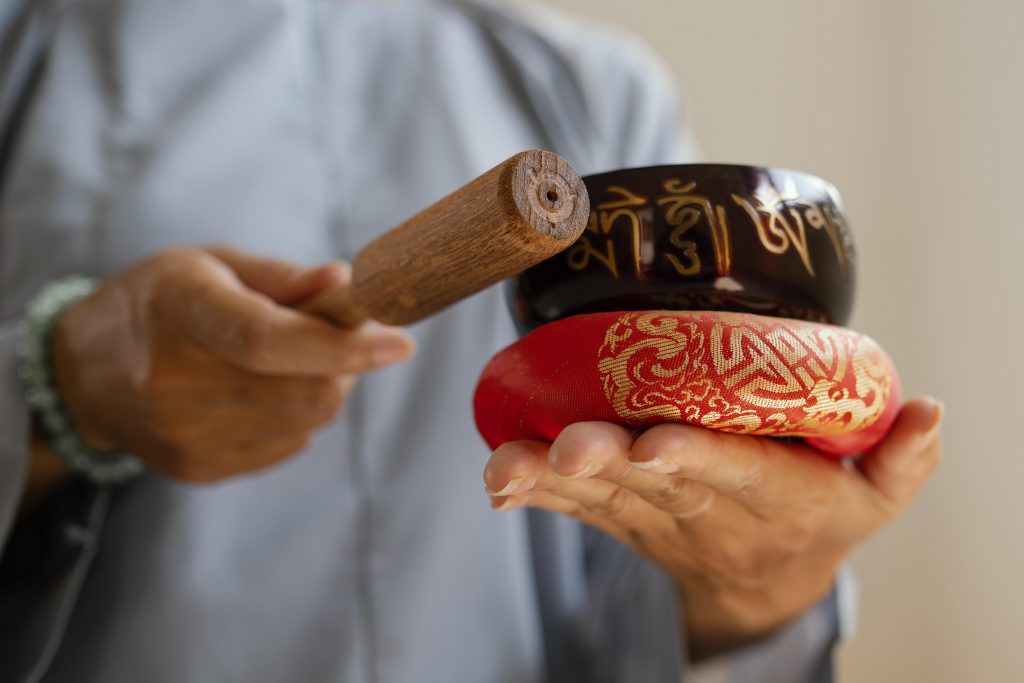
The ceremony is, as I said, essentially just good habits around the use. Therefore the more you can stick to a ceremonial structure, the better. If we have some deeply foundational structure around the use, whatever happens, we can orient ourselves and rely on that structure. The more we trust the process, the more we enter the experience with faith. This helps us to feel at home in the psychedelic state. Again, with this more regular structure and habits, we make it even easier for our unconscious processes to be a part of the experience. Through establishing ceremony, we will find the ability to enter into alternative states of consciousness without any substance. The ceremony is itself a key to reaching alternative states of consciousness and is itself that process of healing we seek in the substance. You do not need the substance because what you encounter in it is yourself, and if you sit down and decisively meet yourself, this is all that is necessary.
Simon J. | Community Blogger at Chemical Collective
Simon is one of our community bloggers here at Chemical Collective. If you’re interested in joining our blogging team and getting paid to write about subjects you’re passionate about, please reach out to Matt via email at matt@chemical-collective.com
Welcome to Chemical Collective.
Create an account to earn 200 welcome points.
Already have an account? Sign in
Check out our Community Blog and get involved with the conversation. You will be awarded 50 x ChemCoins for each comment up to a limit of 250 total ChemCoins.
Have you purchased any of our products? Reviews and reports are so important to the community. Share your honest opinion, and we’ll reward you with 50 ChemCoins for each review!
Every time you complete an order with us, you’ll be awarded ChemCoins for each Euro spent.
Welcome to Chemical Collective.
Create an account to earn 200 welcome points.
Already have an account? Sign in
Earn commission every time someone makes a purchase through your link.
When you become an affiliate, you will be allocated a unique link to share with your friends, followers, subscribers, or Aunt Susan.
You can choose to payout the commission earned once per month, or save it up to receive on a rainy day! Commission earned is 5% of the total order value per referral.
Contact us to join the Chemical Collective family and become an affiliate.
share your toughts
Join the Conversation.